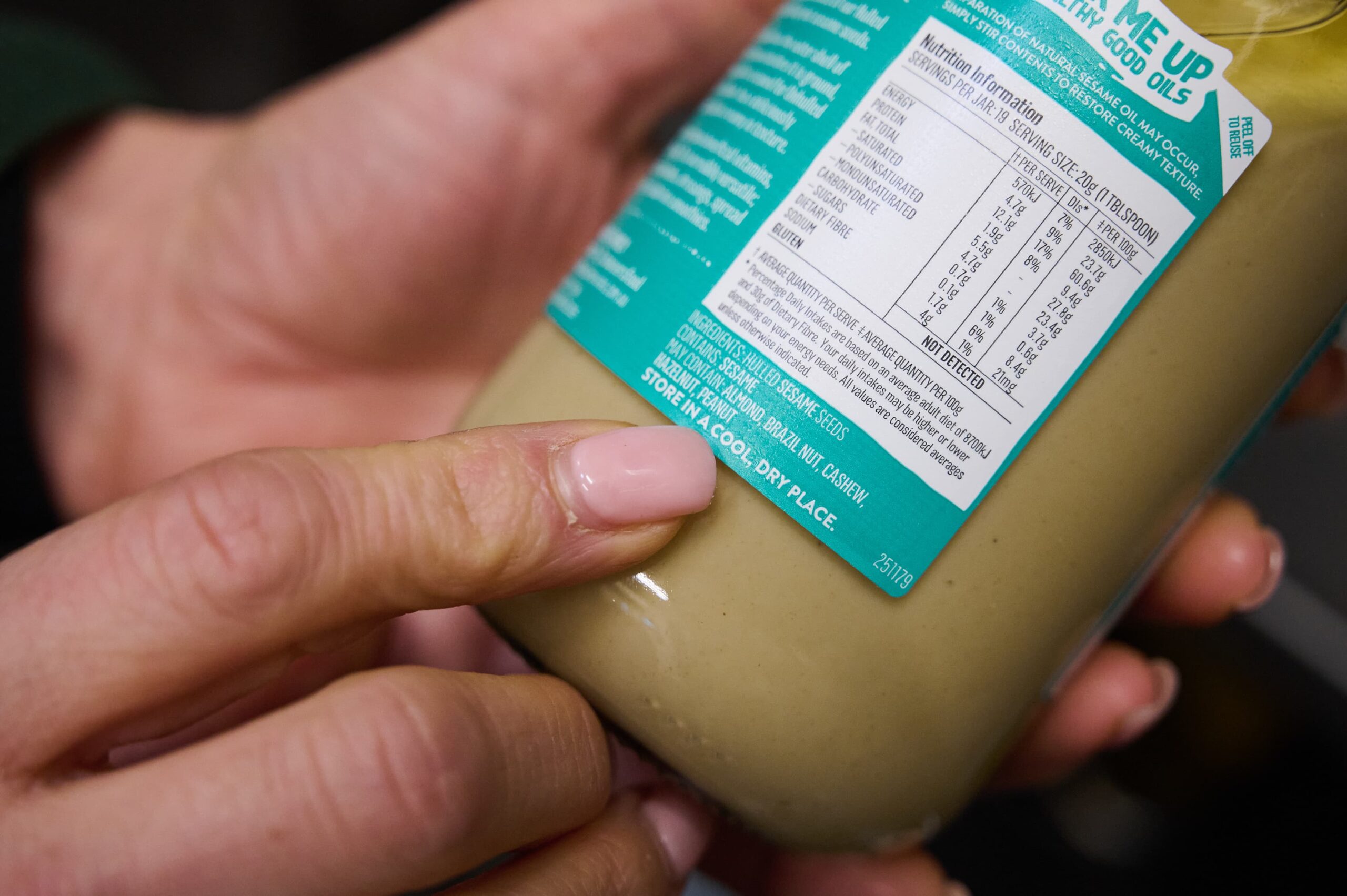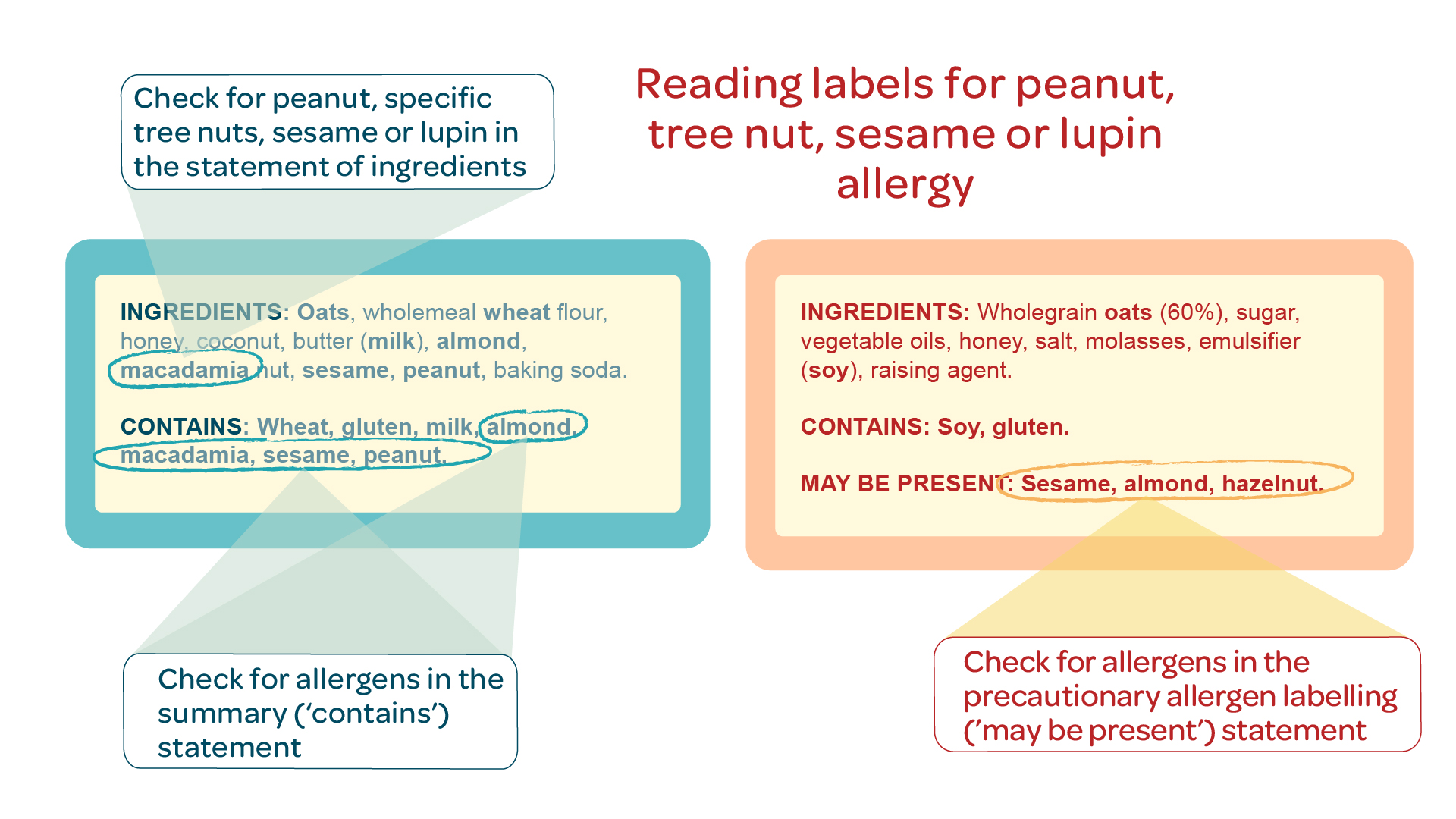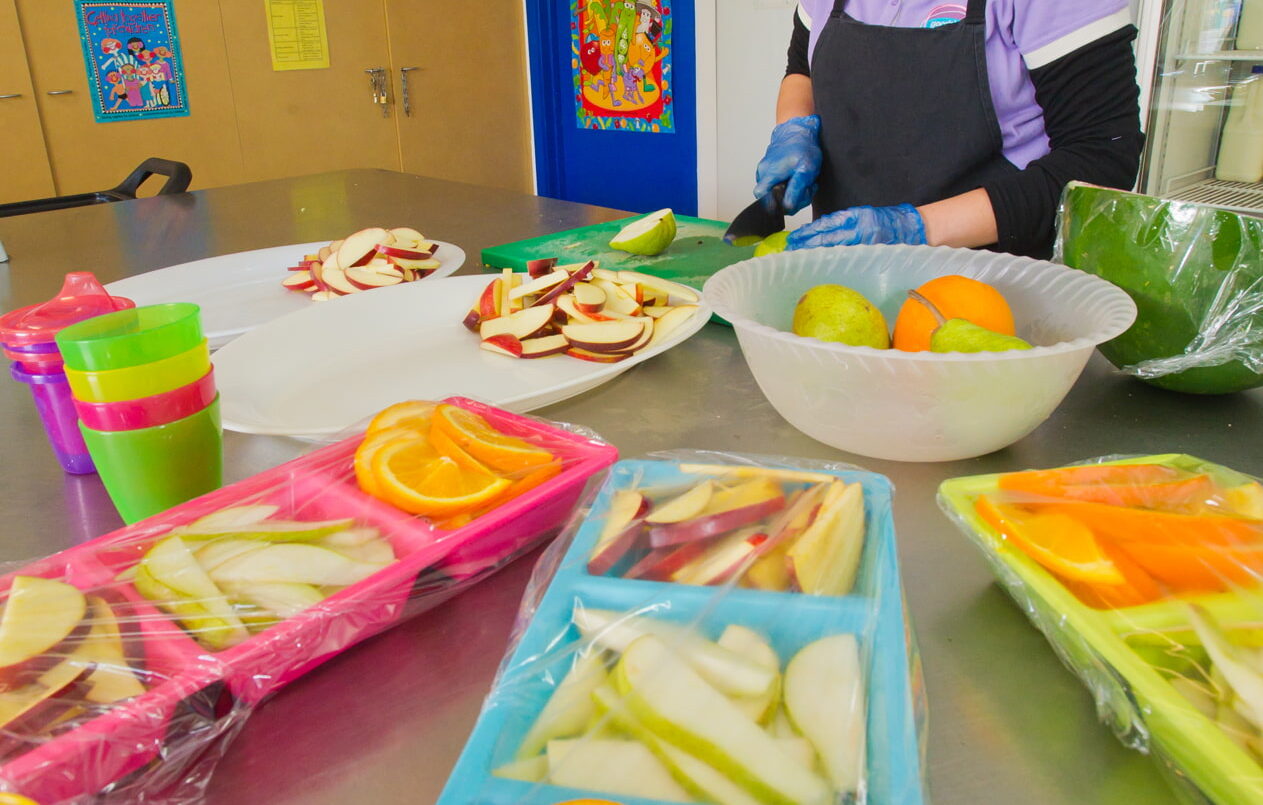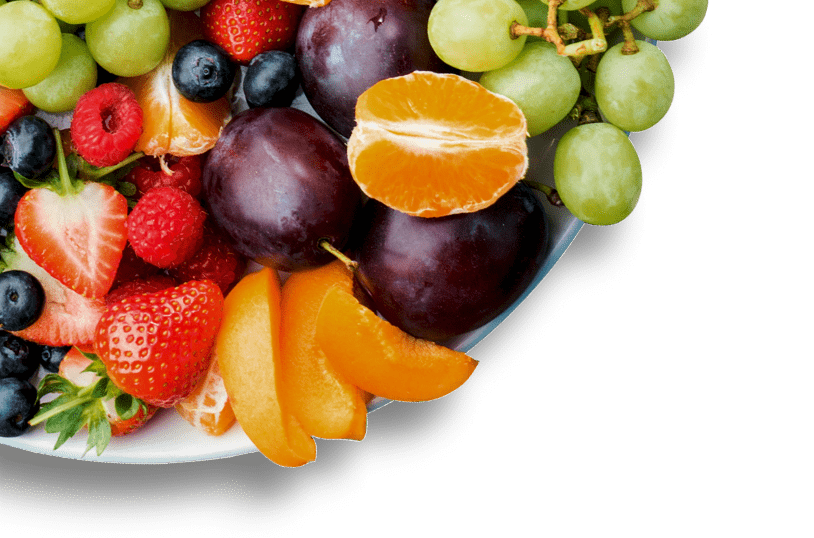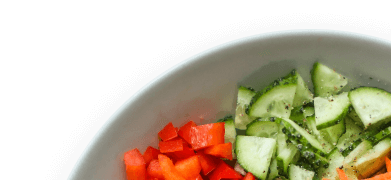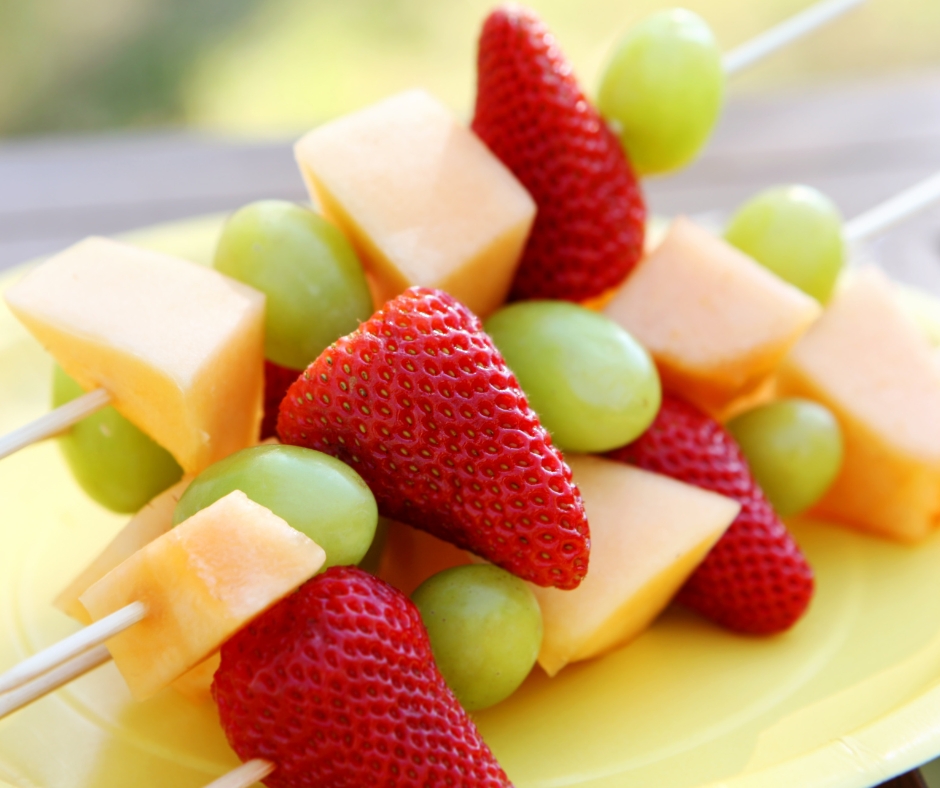Peanut and Tree Nut allergy
Peanuts and tree nuts can cause an allergic reaction in some children.
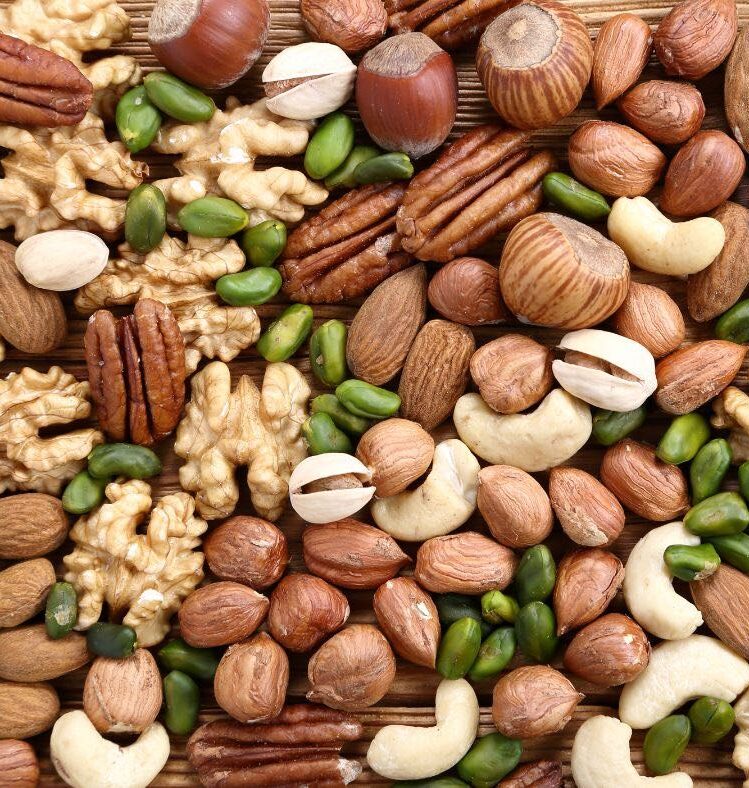
This resource is available as a downloadable file in following languages:
Key Information
- Children with peanut allergy must not be served peanut or any foods that contain peanut.
- Children with tree nut allergy must not be served the nut they are allergic to or any food that contains them.
- Tree nuts include almonds, Brazil nuts, cashews, hazelnuts, macadamias, pecans, pine nuts, pistachios, and walnuts.
- Some children may be allergic to one or more nuts.
Providing food and drinks to children with peanut or tree nut allergy
This fact sheet is for cooks and chefs working in children’s education and care.
All food allergies must be taken seriously, and staff should know how to manage an allergic reaction. For information and guidance about managing food allergy, see the National Allergy Council’s Best Practice guidelines for anaphylaxis prevention and management in children’s education and care.
For more information on preparing and serving food for children with food allergies, complete the National Allergy Council’s All about Allergens for Children’s education and care course and download the National Allergy Council’s All about Allergens for Children’s education and care booklet.
The Healthy Eating Advisory Service course, Managing allergies and other dietary requirements in children’s education and care, should then be completed. You will find a micro-module specific to managing peanut or tree nut allergy within this course.
Reading food labels for peanut and tree nuts
It’s important to check the labels of all packaged foods for peanuts and tree nuts as an ingredient.
You should also check for precautionary allergen labelling for peanuts and tree nuts, for example ‘may be present’ or ‘may contain’ statements. These must not be given to children with peanut or tree nut allergy.
If you notice a food does not have a label, ask the supplier for a product information form.
You should read food labels for peanut or tree nuts as an ingredient each time you purchase the product, when it is delivered, and when you serve the food or before you use it in cooking for a child with peanut and tree nut allergy.
For more information, refer to the Reading food labels for food allergens section of the National Allergy Council’s Food Allergy Aware website.
Foods and drinks that contain peanuts or tree nuts, or likely to contain peanuts and tree nuts as an ingredient, are listed below. Check the Menu planning guidelines for long day care for more information on foods to include on your menu as some of the foods listed as examples do not meet the menu planning guidelines.
| Food Group | Foods and drinks containing, or likely to contain peanuts or tree nuts. Always check the label. |
||
|---|---|---|---|
| Peanuts | • Peanuts • Peanut butter • Peanut paste • Peanut flour • Rhen flakes | • Peanut oil • Ground nuts • Peanut sauce • Satay sauce • Breakfast cereals | • Muesli bars • Trail mixes • Some biscuits, cakes, desserts |
| Tree Nuts | • Almonds • Brazil nuts • Cashews • Hazelnuts • Macadamia nuts • Pecans • Pine nuts • Pistachio • Walnuts • Crushed nuts or nut meals • Mixed nuts | • Breakfast cereals • Muesli bars • Trail mixes • Some chocolates • Almond meal • Almond butter • ABC paste/butter (almonds, Brazil nuts, cashews) • Cashew nut paste/butter • Friands, flourless cakes – may contain almond meal | • Baklava • Marzipan (contains almonds) • Nougat, fudge • Nutella • Biscuits containing nuts, such as Amaretti, macaroons, Florentines • Praline • Pesto • Some biscuits, cakes, desserts |
Not all foods that contain the word “nut” need to be avoided.
| Foods that do not need to be avoided | |
|---|---|
| Coconut | Coconuts are not nuts. Coconut, and other coconut products, do not need to be avoided in children with peanut or tree nut allergies. |
| Nutmeg | Nutmeg is not a tree nut. Nutmeg and other nutmeg products, do not need to be avoided in children with peanut or tree nut allergies. |
| Water Chestnuts | Water chestnuts are not nuts. Water chestnuts do not need to be avoided in children with peanut or tree nut allergies. |
| Legumes, lentils, chickpeas | Legumes, lentils, chickpeas come from the same family as peanuts. However, they have different proteins. Children with peanut allergy do not need to avoid legumes, lentils, and chickpeas unless they are allergic to them. |
Planning meals for children with peanut or tree nut allergy
Although peanuts and tree nuts are a good source of protein, and some vitamins and minerals, they are not a major food group for children. Removing them from the menu will not affect the overall nutritional intake for most children.
Most centres therefore choose to exclude peanuts and tree nuts from their menu for all children. This is an acceptable risk management strategy. Peanuts and tree nuts are also a choking risk and nut pastes are easily spread between children and are difficult to completely clean up.
Children who are not allergic to peanuts and tree nuts can eat them at home.
For food swap ideas, see the National Allergy Council’s Ingredient Substitution Tool for foods you can use to replace peanuts and tree nuts in recipes.
Storing, making, and serving food for children with peanut and tree nut allergy
Children with peanut or tree nut allergy can react to very small amounts of peanut or tree nut in their food.
Make sure you have good food allergen management processes to prevent the risk of cross contamination from foods that contain peanut or tree nut.
This includes:
- cleaning surfaces and equipment
- storing food safely for allergies
- preventing cross contamination of food allergens during cooking and serving
- washing hands or changing gloves in between handling different foods.
More helpful resources and information
For more information see the National Allergy Council’s All About Allergens training for Children’s education and care and All about Allergens for Children’s education and care booklet, and the Healthy Eating Advisory Services Managing allergies and other dietary requirements in children’s education and care online course.
Further information and support
Healthy Eating Advisory Service:
- Early childhood services
- Recipes
- Menu planning guidelines for long day care
- Online module: peanut, tree nut, sesame and lupin allergy
National Allergy Council:
- All About Allergens training for Children’s education and care
- All about Allergens Resource Hub (Children’s Education and Care section)
For more information please phone 1300 22 52 88 or email heas@nnf.org.au
Except where otherwise indicated, the images in this document show models and illustrative settings only, and do not necessarily depict actual services, facilities or recipients of services. This document may contain images of deceased Aboriginal and Torres Strait Islander peoples. In this document, ‘Aboriginal’ refers to both Aboriginal and Torres Strait Islander people. ‘Indigenous’ or ‘Koori/Koorie’ is retained when part of the title of a report, program or quotation. Copyright © State of Victoria 2016
Written and reviewed by dietitians and nutritionists at National Nutrition Foundation, with support from the Victorian Government.

Featured recipes
Explore all recipes
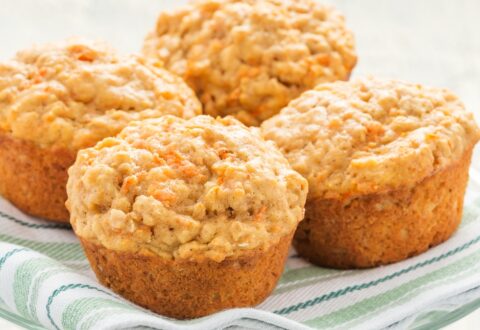
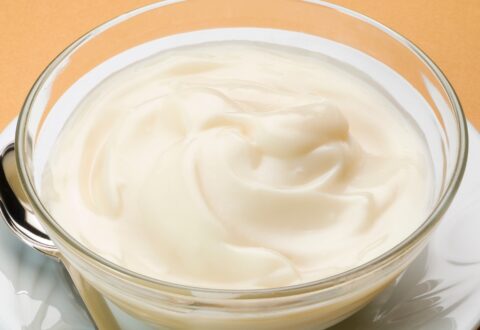
Register your interest
"*" indicates required fields

